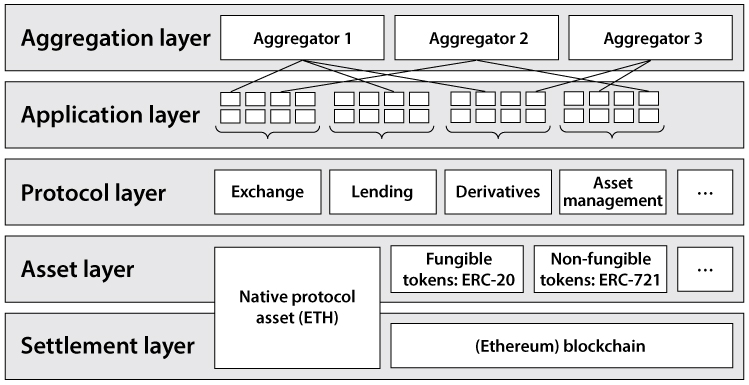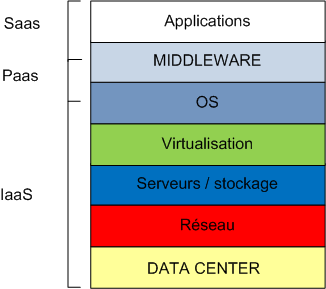Symmetric-key cryptography is a cryptographic technique that uses a single secret key to both encrypt and decrypt data. This key is shared between the sender and receiver of the encrypted information, hence the name “symmetric” key cryptography.
Cryptography
Cryptography is used to protect sensitive information such as financial transactions, military communication, and personal communications. It involves the use of mathematical algorithms to convert plaintext (unencrypted data) into ciphertext (encrypted data) that can only be read by authorized parties who have the decryption key.
Decentralized Finance
Decentralized Finance, also known as DeFi, refers to a financial system that operates on a decentralized, permissionless, and open-source blockchain network, such as Ethereum. The DeFi system eliminates the need for intermediaries, such as banks or financial institutions, and instead allows individuals to transact with each other directly, peer-to-peer.
Sorting algorithms
Sorting algorithms are designed to arrange a collection of data into a specific order.
AVL TREE
AVL TREE An AVL tree is a self-balancing binary search tree that maintains a balanced height between its left and right subtrees. The name “AVL” …
Naïve forecast
A Naïve forecast is a simple time series forecasting method where the prediction for the next time period is equal to the value of the previous time period. In other words, it assumes that there will be no change in the future values and the forecast is based on the most recent observed value. Naïve forecasting can be useful as a benchmark for more complex forecasting methods and can be used as a baseline to evaluate their performance.
Infrastructure as a Service IaaS
Infrastructure as a Service (IaaS) is a type of cloud computing service that provides organizations with virtualized computing resources over the internet. This includes virtual servers, storage, and network infrastructure, which can be used to host and run applications, store and manage data, and support various other IT needs.
Decentralization
Decentralization in blockchain refers to the distribution of power, control, and decision-making across a network of participants, rather than being concentrated in a single central authority. In a decentralized blockchain network, all participants have an equal say in verifying and validating transactions and maintaining the integrity of the network.
Cascading Style Sheets (CSS)
CSS stands for Cascading Style Sheets. It is a stylesheet language used for describing the look and formatting of a document written in a markup language. CSS is used to control the layout and presentation of web pages written in HTML, XHTML, and XML.
HTML
HTML stands for Hypertext Markup Language. It is the standard markup language used to create web pages and other information that can be displayed in a web browser. It provides the structure and content of a web page and allows for the creation of text, images, videos, links, and other types of multimedia content. HTML uses a series of tags and attributes to define the structure and content of a web page. When a web browser requests a page written in HTML, it reads the HTML code and renders the page accordingly, displaying the text, images, and other elements in a way that is visually appealing to the user.







